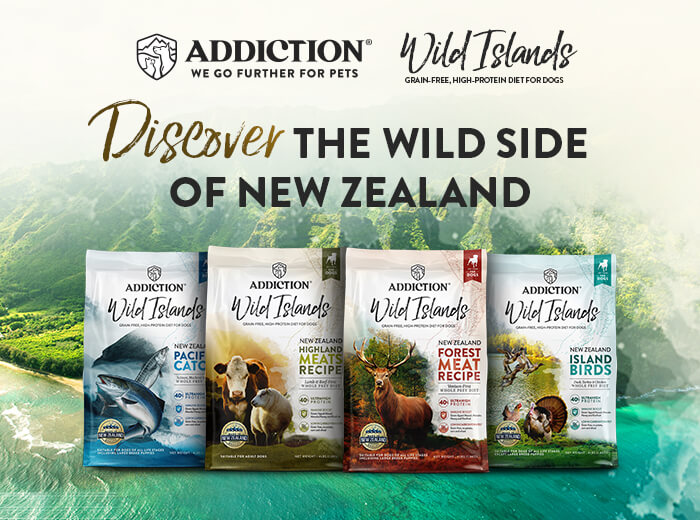Just like introducing someone to others for the first time, your dog needs to be comfortable with other people to be socialized properly. Doing so takes time to build trust and can’t be done outright, especially if it’s a new dog or a rescue that hasn’t had much human contact.
Socializing is also a vital part of training your dog. According to Paul Owens, a professional dog trainer, this means you need to have your pets comfortable with you, family, and friends so that they don’t feel stressed. This paves the way for introducing new situations that are safe, positive, and confidence-building.
The act of training your dog is especially important during National Train Your Dog Month in January. This is an initiative started by The Association of Professional Dog Trainers as a public service announcement to help people and pets live a better, happier life together.
Here are 3 tips to help you get started with socializing your dog
1. Start them young
If you’re socializing a puppy, up to 3 months of age is the best time for them to be exposed to new experiences. These can include meeting unfamiliar people, things you find in a park, traffic signs, bicycles, and even vehicles.
The earlier you familiarize your puppy with these everyday encounters, the better they can handle being with people and other dogs later on in their lives.
Experiences like being with their mothers and littermates will often be the first of many in getting them to socialize with others. As they grow older, exposure to other pets, household objects, and your friends and family can likely give them a safe environment to start with.
2. Frequent walks
Being familiar with your surroundings and the people around you requires repeated exposure. It’s the same with socializing your dogs. Taking frequent walks is the most cited piece of advice for raising your pets, regardless of age.
Start by walking them a distance away from the park or other people where your pet can observe the environment. Slowly as they become more familiar, you can move them closer until they can interact with other people or animals.
Keep in mind that even with this gradual transitioning, dogs will always encounter unfamiliar situations in these walks, be it animals like birds or other dogs. It may be likely that they will bark at strangers, but the point of this exercise is to make them comfortable outside.
When your dog barks often, it’s best to remove them firmly but calmly from the situation to make them relax before you continue walking them.
3. Your attitude matters too
While it’s important for your dog to adjust to its environment, you also need to be mindful of how you treat your dogs. Dogs may bark at strangers, other dogs, or even at anything that excites or agitates them. In these cases, forceful or restrictive actions like pulling back their leash will only worsen their reactions.
Remaining calm, confident, but firm will play a long way in getting your pet’s emotions under control. A reassuring tone of voice or command they’re trained to respond to beforehand may help get them to quiet down.
Socialization isn’t something that happens instantly, but something that’s done over a large part of your dog’s life. If done correctly, your dog will be more mature and will most likely be open to new experiences without overreacting too badly.














